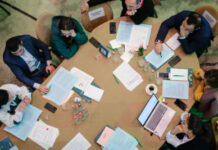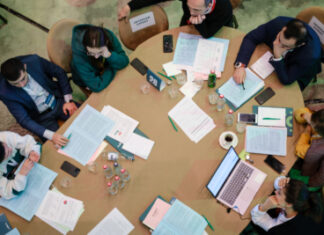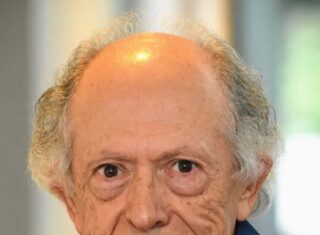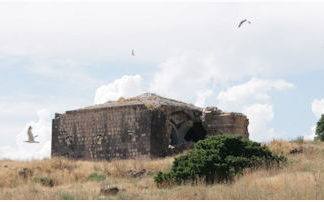By Daphne Abeel
Special to the Mirror-Spectator
From the outside, what could be more glamorous than the life of a top, professional tennis player? Dressed, usually, in gleaming whites, cheered by crowds, they enjoy a life of travel and hob-nobbing with other celebrities and adoring fans.
The inside or back story can be very different and it was for André Agassi, who was often ranked as the number-one player in the world, retiring at the age of 36. He played competitively for 20 years, from 1986 to 2006.
Trained and browbeaten unmercifully by his ambitious, enraged father, Mike, Agassi began hitting tennis balls at the age of 7. Born in Tehran, his father was possessed of a manic drive to make his children, not only André, into star tennis players. He built a court in a deserted area outside of Las Vegas where the family lived and Agassi was confined to that court for most of his childhood, hitting balls spit out by a machine his father invented which the young André called “the dragon.”
He was the youngest of four and the most talented as an athlete. Mike Agassi, a former boxer, had tried to develop his three older children as tennis players, but none had the natural capabilities of André. His father cared very little whether his son got an education and pulled him out of school at a moment’s notice for matches and practice. Agassi dropped out of school permanently in the ninth grade.
Sent to Nick Bolletieri’s tennis camp at age 12, he began a regime that was equally punishing. Hours of drills, indifferent food and little time for himself left the young André ill equipped to deal with the normal process of growing up.







